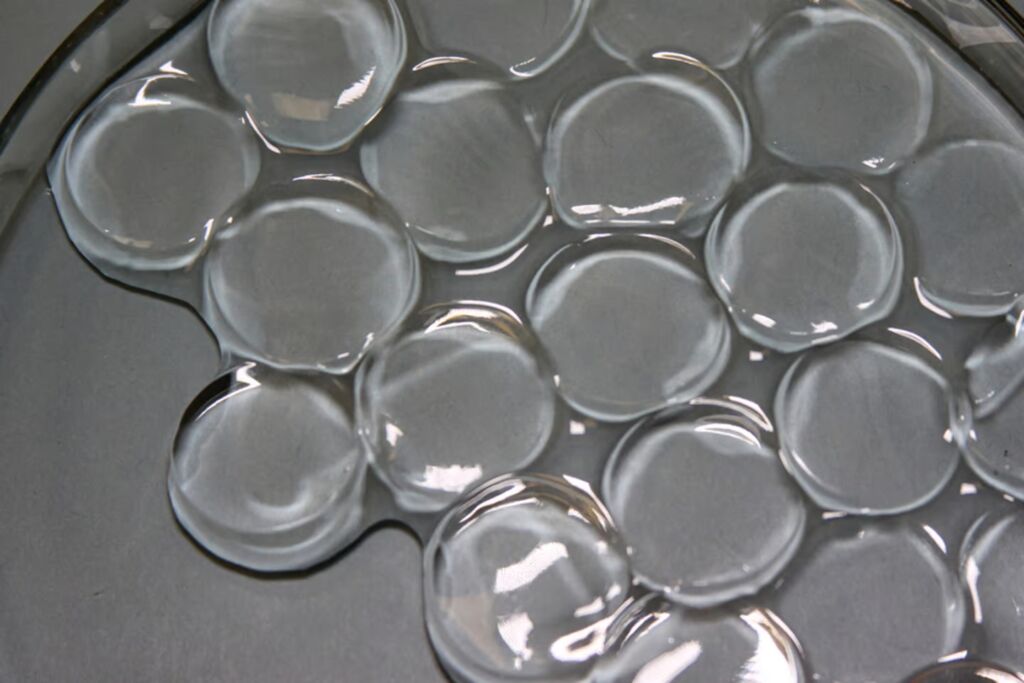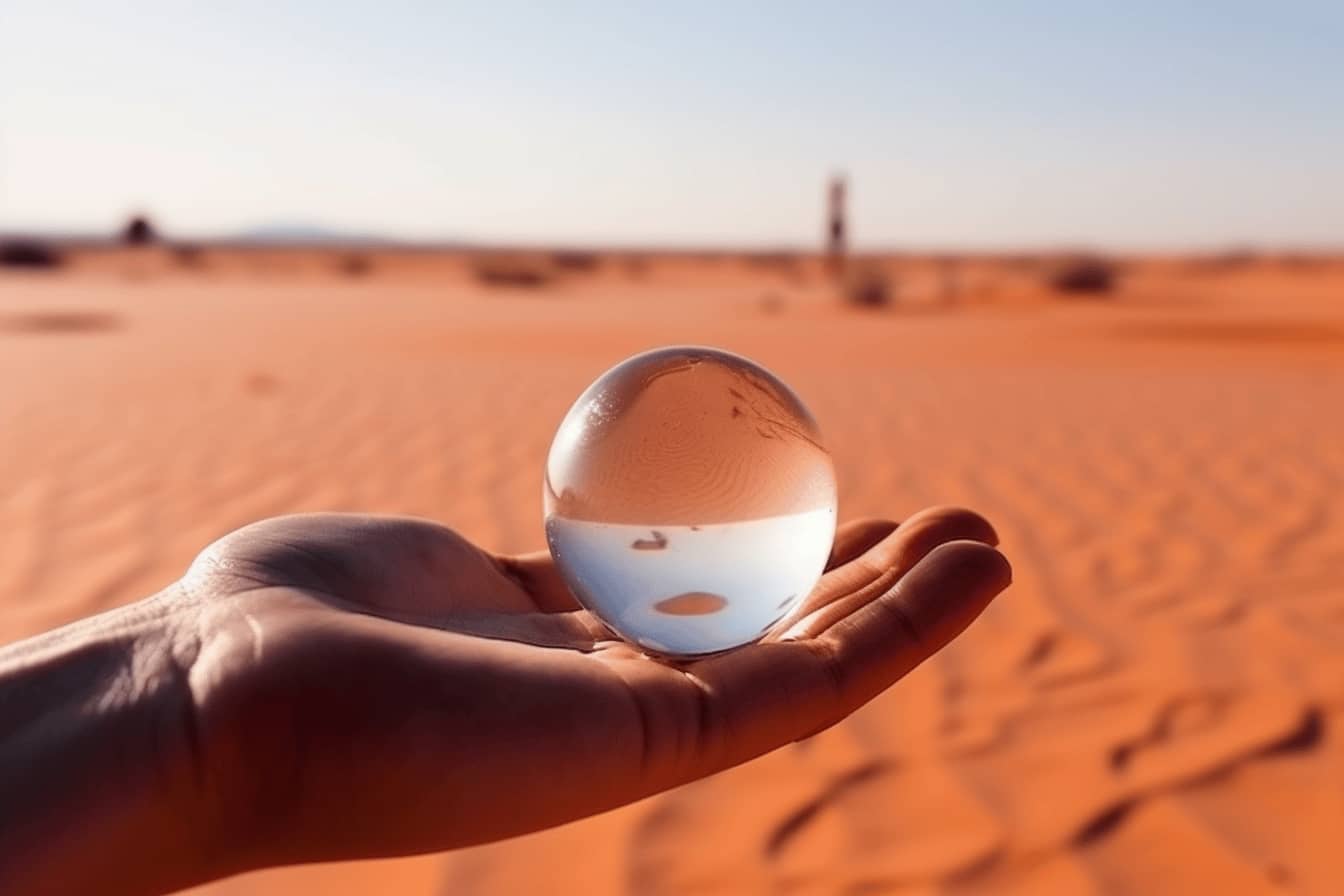Water is the lifeblood of our planet, the engine that powers the lives of billions of humans, producing food, generating energy, and supporting ecosystems. But its scarcity is an increasingly pressing problem, and with ongoing climate change, the difficulties in guaranteeing water resources for everyone risk getting worse.
According to UNICEF, nearly two-thirds of the world's population faces severe water scarcity for at least one month of the year. What if there was a way to draw water from nothing, even in the driest places?

The superabsorbent hydrogel
MIT researchers may have found a neat solution: a superabsorbent hydrogel capable of pulling moisture from the air, even in the most adverse conditions. The secret to the absorbent power of this material is a particular salt, lithium chloride.
“It's the best of both worlds,” he says Gustav Graeber, lead author of the study. “The hydrogel can store a lot of water, and the salt can capture a lot of vapor. So it's intuitive that you want to combine the two.”
After testing various combinations, the researchers determined that the highly hygroscopic lithium chloride was the best salt to use, being able to absorb more than 10 times its mass in moisture.
The tea(st) desert
The real acid test for the “salt-loaded” hydrogel came when it was tested under various humidity conditions. Under 30%, 50% and 70% relative humidity, the hydrogel absorbed moisture without leakage.
Even at a relative humidity of 30%, lower than desert humidity at night, the hydrogel managed to capture 1,79 grams of water per gram of material, 15% more than previously tested hydrogels . The collected water can then be heated, condensed and collected as ultrapure water.

The future of hydrogel
The next challenge for researchers will be to speed up the water absorption process. “The big unexpected surprise was that, with such a simple approach, we were able to achieve the highest vapor absorption ever recorded,” Graeber said. “Now, the main focus will be the kinetics and how quickly we can get the material to absorb water.”
Thanks to its speed of production and the possibility of being produced on a large scale, as well as being an effective water harvesting tool, the hydrogel could have other applications.
“We looked at the material without worrying too much about specific applications, focusing mainly on its fundamental properties,” he said Carlos Diaz-Marin, one of the study's co-authors. “But now we are exploring very different problems, how to make air conditioning more efficient and how water can be collected. This material, due to its low cost and high performance, has enormous potential.”
The study was published in the journal Advanced Materials, and I link it here.


